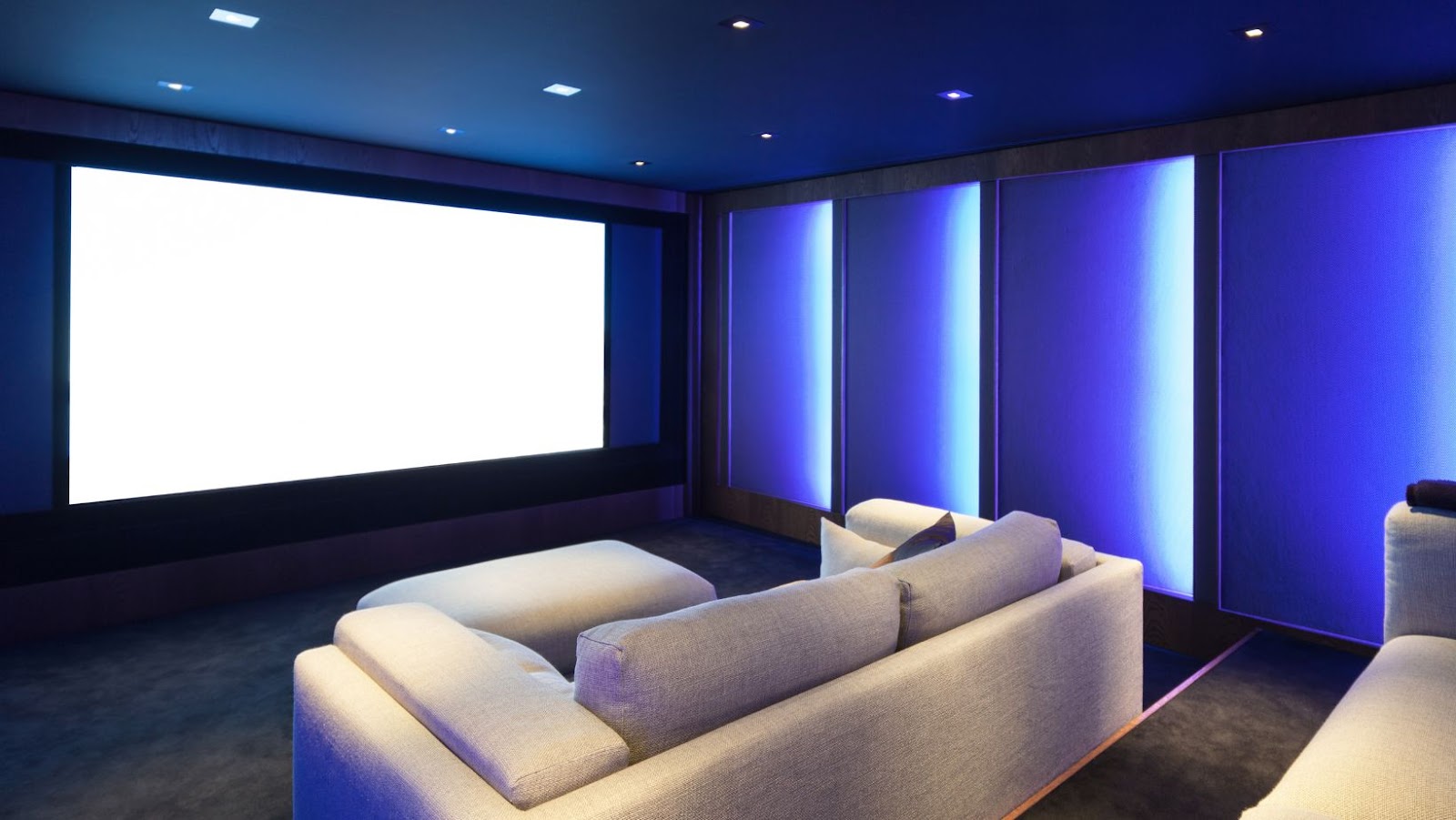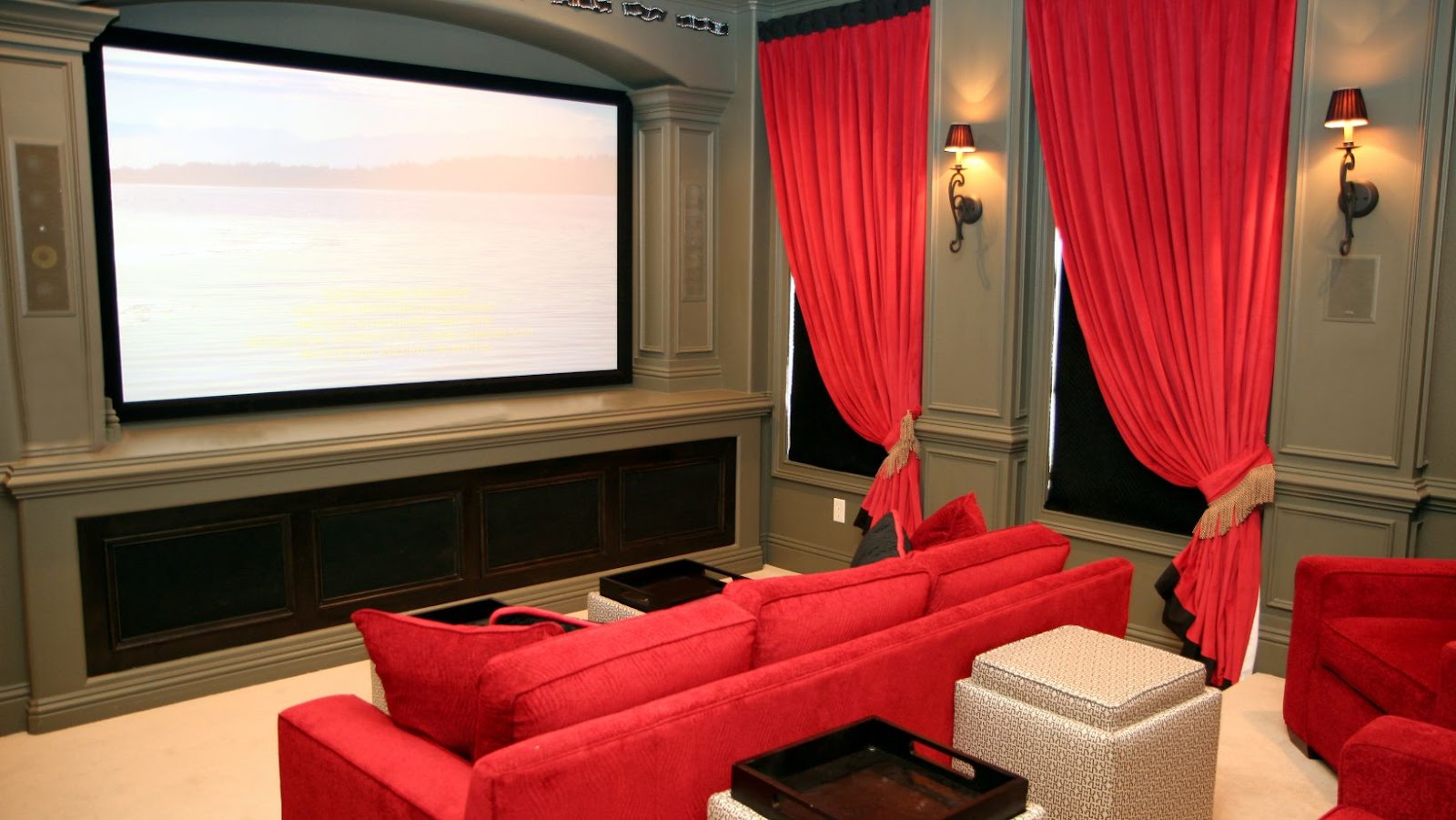 Home Theater Design Ideas
Home Theater Design Ideas
Transforming a living space into a captivating Home Theater Design Ideas is a dream for many movie enthusiasts. With the right design ideas, anyone can create an immersive cinematic experience without leaving the comfort of their home. From choosing the perfect screen size to selecting the ideal sound system, every detail plays a crucial role in enhancing the viewing experience.
A well-designed Home Theater Design Ideas combines aesthetics with functionality. It’s not just about the technology; it’s about creating an environment that feels both inviting and exciting. Whether it’s cozy seating arrangements or ambient lighting, the possibilities are endless. With a little creativity and planning, a Home Theater Design Ideas can become the ultimate entertainment hub.
Choosing the right space for a Home Theater Design Ideas impacts the overall cinematic experience. Bedrooms, basements, and dedicated rooms offer varied benefits. A basement, for example, provides natural soundproofing, limiting external noise. A dedicated room allows customizable layouts, accommodating larger screens and advanced sound systems.
Room size determines equipment placement and seating configuration. A small room benefits from compact furniture and a scaled-down sound system to maintain balance and comfort. A larger room accommodates more seats and a bigger screen, enhancing the viewing experience.
Control lighting conditions to minimize screen glare. Rooms with minimal windows or blackout curtains are ideal options. If a room has multiple windows, consider installing motorized shades to control light. Proper lighting ensures clarity and reduces strain on the eyes during prolonged viewing.
Evaluate ventilation to maintain a comfortable environment. Equipment generates heat; thus, proper ventilation is essential for comfort. Ceiling fans or air conditioning ensure temperature regulation. The right space with effective temperature control keeps audiences engaged and relaxed.
 Essential Equipment
Essential Equipment
Selecting the right equipment is crucial for creating an immersive Home Theater Design Ideas experience. It combines various elements, ensuring viewers enjoy their favorite films in comfort and style.
Choosing a display significantly impacts the Home Theater Design Ideas’s appeal. Options include LED, OLED, and laser projectors. LED TVs offer excellent brightness with vivid colors; OLED screens provide better contrast ratios, ideal for dark scenes. Laser projectors deliver a large display area, perfect for dedicated rooms. Each option suits different spaces and audience preferences.
An effective audio setup enhances cinematic sound. 5.1 and 7.1 surround systems create an enveloping experience, with strategic speaker placements around the room. Soundbars offer a compact alternative, suitable for smaller spaces. Integrated subwoofers add depth to sound, ensuring powerful bass. The choice depends on room size, budget, and personal audio preferences.
Seating contributes to comfort and viewing quality. Recliners with cup holders and adjustable headrests provide a luxurious feel. Loveseats or sofas offer a casual setup, accommodating more people. For limited spaces, modular seating adapts easily, maintaining a cozy atmosphere. Properly arranged seating ensures all viewers have a clear sightline to the screen.
 Acoustics and Soundproofing
Acoustics and Soundproofing
Creating a Home Theater Design Ideas isn’t just about visuals; acoustics play a crucial role in providing an immersive experience. Strategic acoustic treatments and effective soundproofing transform ordinary audio into cinematic soundscapes.
Acoustic treatments enhance sound quality by minimizing echoes and reverberations. These treatments typically include:
- Panels: Acoustic panels made from foam absorb mid to high frequencies. They are often placed on walls and ceilings to improve audio clarity.
- Bass Traps: Positioned in corners, bass traps manage low-frequency sounds. This prevents bass boom and ensures balanced audio.
- Diffusers: Unlike absorbers, diffusers scatter sound waves to reduce reflection without deadening the room. They maintain natural acoustics by spreading frequencies evenly.
Soundproofing keeps sound contained within the Home Theater Design Ideas and prevents external noise intrusion. Consider these soundproofing methods:
- Insulation: Adding insulation materials like mineral wool within walls and ceilings enhances noise reduction.
- Door Seals: Installing weatherstripping and door sweeps minimizes sound leakage through gaps.
- Double Drywall: Double layers of drywall with a dampening compound between reduce sound transmission through walls.
Integrating these acoustics and soundproofing strategies creates a high-quality Home Theater Design Ideas experience, essential for any dedicated movie setting.